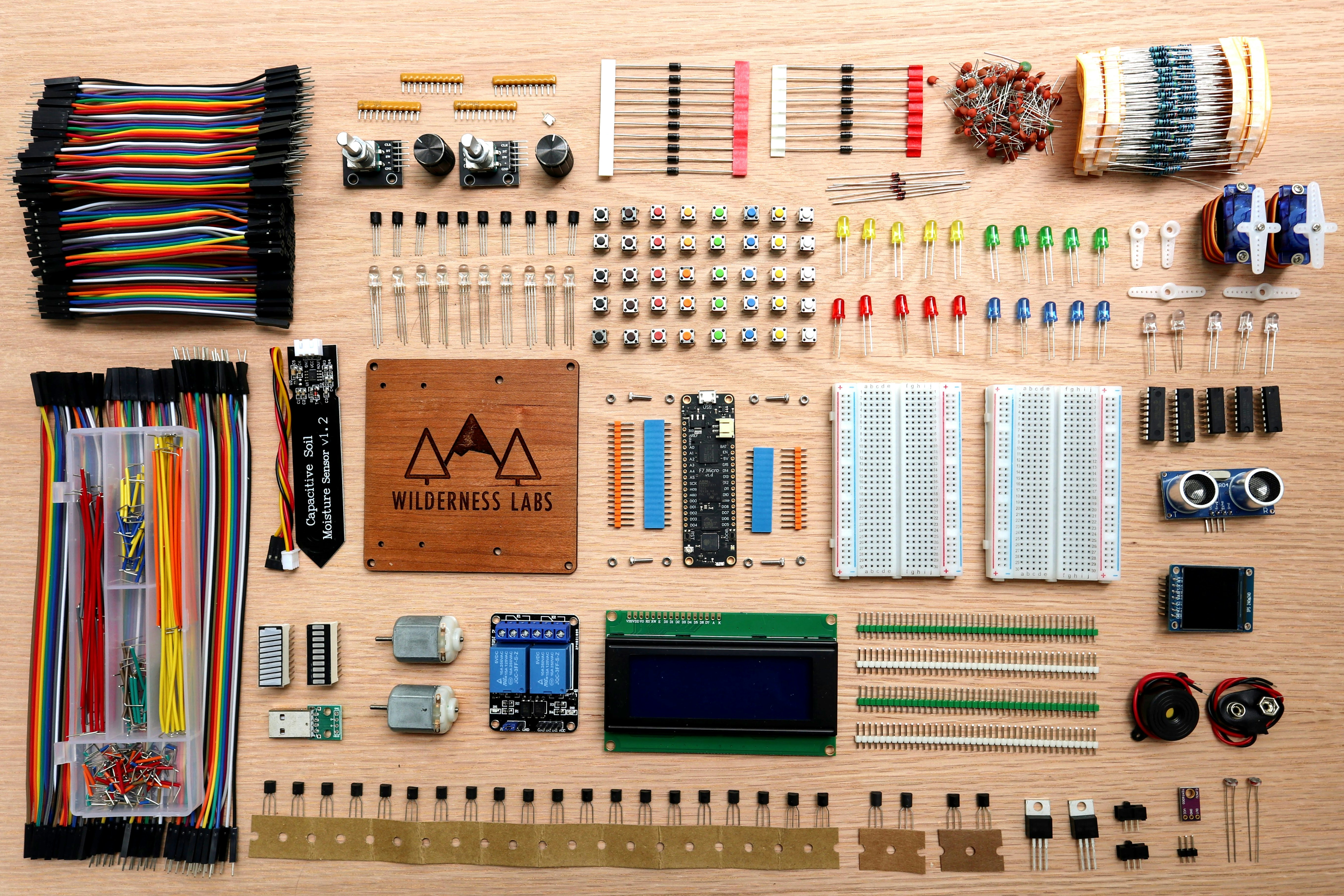Holographic Keyboards: The Future at Your Fingertips
In a world where technology continues to shrink and become more portable, the humble keyboard has remained stubbornly static. But what if your keyboard could materialize out of thin air, allowing you to type on any surface? Welcome to the realm of holographic keyboards, a cutting-edge technology that's poised to revolutionize how we interact with our devices.

The Dawn of Light-Based Input
Holographic keyboards have long been the stuff of science fiction, appearing in futuristic movies and TV shows. However, recent advancements in laser projection and motion sensing technology have brought this concept closer to reality. These virtual keyboards use laser projection to display a QWERTY layout on any flat surface, while infrared sensors detect finger movements to register keystrokes.
How Holographic Keyboards Work
At the heart of holographic keyboard technology lies a complex interplay of optics and sensors. A tiny projector emits a laser-generated image of a keyboard onto a surface. Simultaneously, an infrared plane of light is projected just above the virtual keys. When a user’s fingers break this plane, cameras track the movement and translate it into keystrokes.
The Benefits of Going Virtual
One of the primary advantages of holographic keyboards is their portability. Without physical keys, these devices can be incredibly compact, easily fitting into a pocket or small bag. This makes them ideal for use with smartphones and tablets, effectively turning any flat surface into a full-sized keyboard.
Moreover, holographic keyboards are inherently more hygienic than their physical counterparts. With no crevices to harbor bacteria and the ability to “sanitize” the typing surface with a simple wipe, these keyboards could be a game-changer in shared computing environments.
Current Market Offerings and Pricing
While still in its infancy, the holographic keyboard market is gradually expanding. Companies like Celluon and AGS Technology have released early versions of this technology, with prices ranging from $100 to $200. These devices typically connect to smartphones or tablets via Bluetooth and offer battery life of several hours.
However, it’s important to note that current offerings are more akin to projected keyboards rather than true holograms. They require a flat surface and don’t yet float in mid-air as depicted in science fiction.
Challenges and Limitations
Despite their futuristic appeal, holographic keyboards face several hurdles. The lack of tactile feedback can make typing less accurate and potentially slower for users accustomed to physical keys. Additionally, bright ambient light can interfere with the projection, limiting their use in outdoor settings.
Another significant challenge is latency. The time it takes for the system to register a keystroke can be longer than with a physical keyboard, potentially frustrating fast typists.
The Road Ahead: Innovations on the Horizon
As technology progresses, we can expect to see significant improvements in holographic keyboard design. Researchers are exploring ways to incorporate haptic feedback, potentially using ultrasound waves to create the sensation of touching keys.
Another exciting development is the integration of holographic keyboards with augmented reality (AR) systems. Imagine putting on a pair of AR glasses and seeing a customizable keyboard floating in front of you, visible only to your eyes.
Potential Applications Beyond Typing
The technology behind holographic keyboards has applications far beyond text input. In the medical field, surgeons could interact with patient data without touching potentially contaminated surfaces. In industrial settings, workers could control machinery without physical contact, improving safety and efficiency.
The Impact on Traditional Keyboard Manufacturing
As holographic keyboards gain traction, they could disrupt the traditional keyboard manufacturing industry. Companies that have long focused on mechanical switches and ergonomic designs may need to pivot towards optical and sensor technologies to stay relevant.
A Glimpse into Tomorrow’s Interface
While holographic keyboards are still in their early stages, they represent a fascinating glimpse into the future of human-computer interaction. As the technology matures, we may find ourselves bidding farewell to physical keys and embracing a more fluid, adaptable interface. The keyboard of the future might not be a tangible object, but rather a customizable, on-demand tool that appears whenever and wherever we need it.




